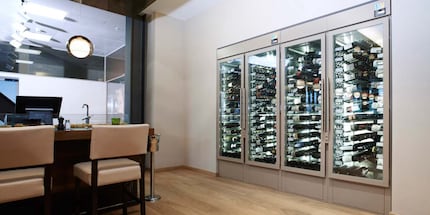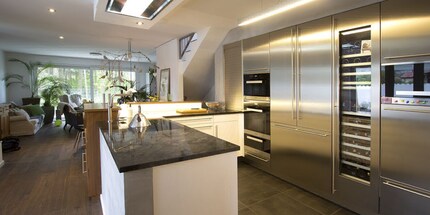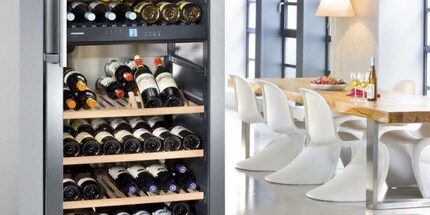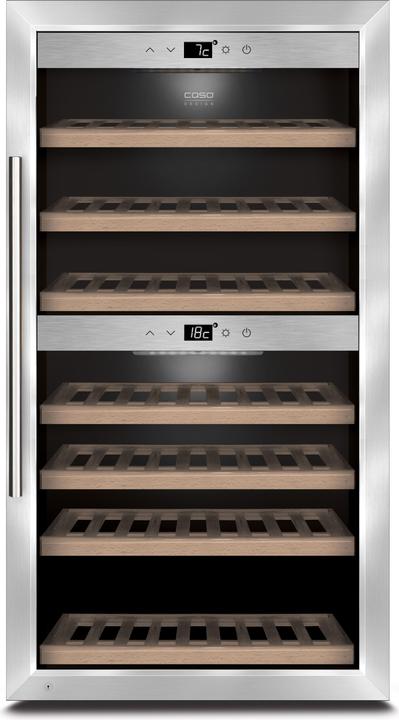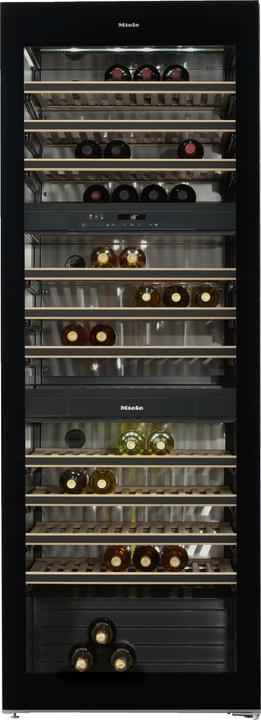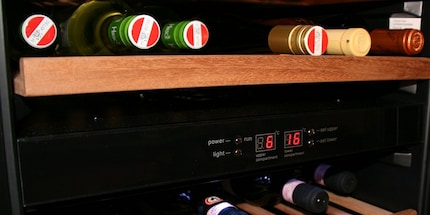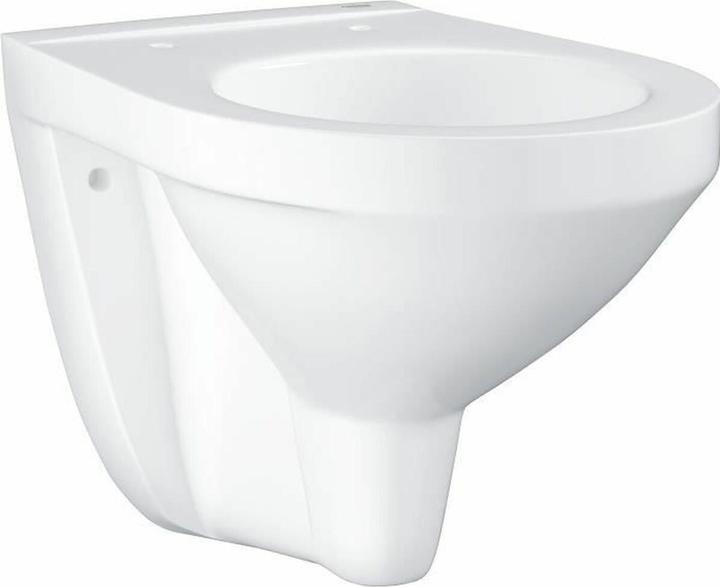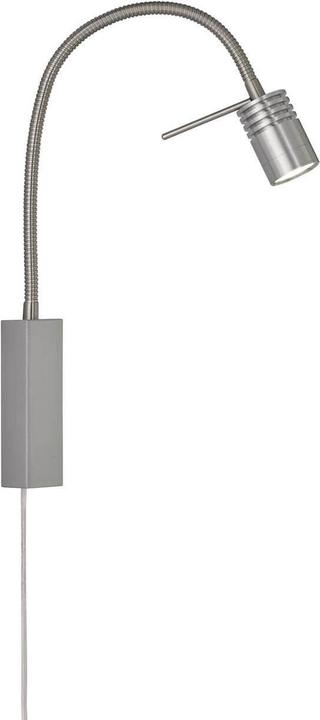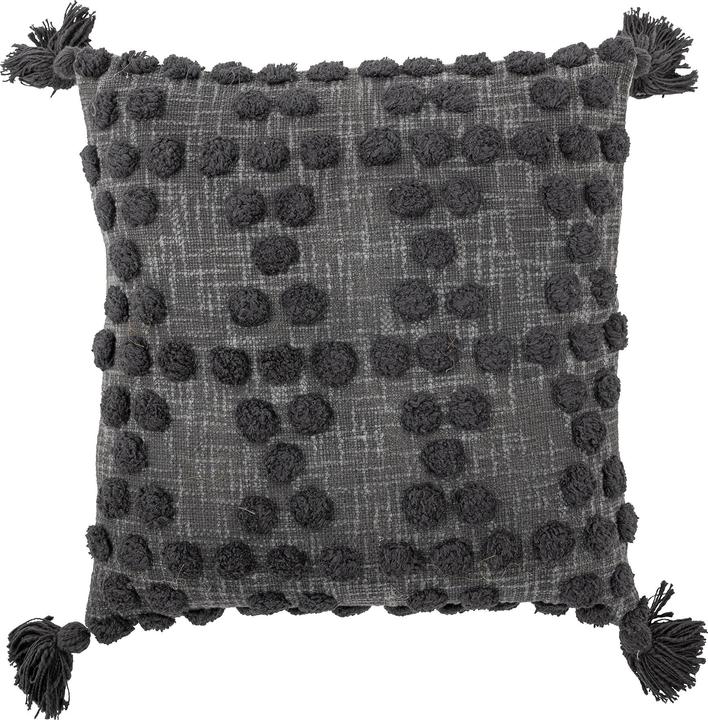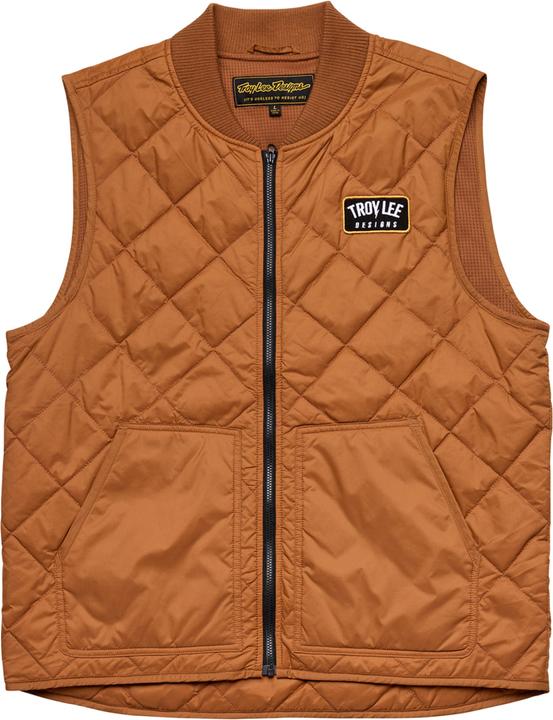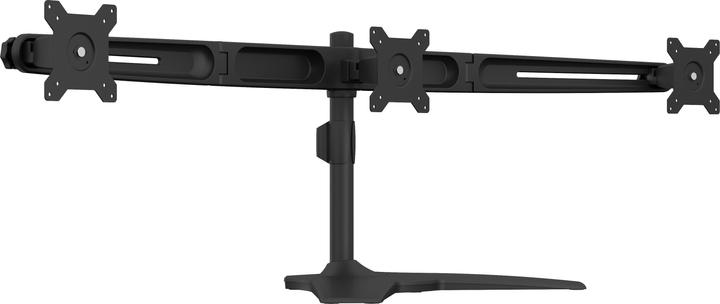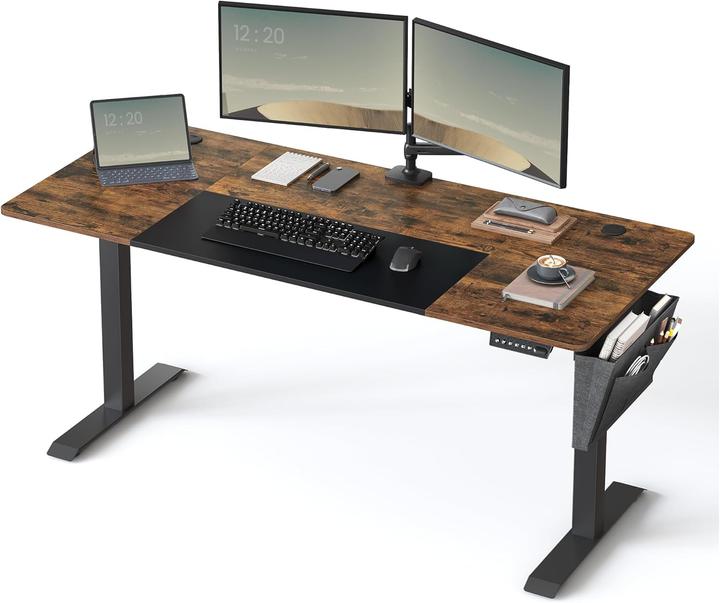
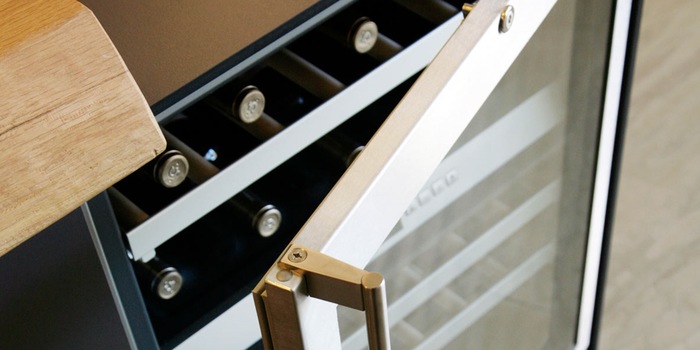
What you need to look out for when buying a wine cellar
In the past, wines were stored in natural cellars until they matured perfectly, but today wine cabinets take over this task. They are not only cheaper to buy, but also more precise than the dark, old vaults of yesteryear. Find out what you should consider when buying one here.
Today's cellars are no longer able to guarantee the optimum conditions in terms of temperature, light protection, odour neutrality, humidity and quiet. This task has therefore been handed over to free-standing or built-in wine climate control units. I'll now explain why you shouldn't just put your wines in a wine cooler.
Temperature
In order for the wine to mature perfectly, a constant temperature is required. With wine climate control units, you can set the desired temperature depending on the wine. I recommend a temperature between 10 and 12 °Celsius. You can also use a compartment to preheat the chilled wines to room temperature so that they are at the optimum temperature for drinking.
If the temperature is too high, the ageing process is accelerated, the process is shortened and gets out of control. If, on the other hand, it is too cold, tartar forms and the ageing process is delayed accordingly. Tartaric acid (so-called wine crystals) can form. If the temperature changes between too cold and too warm, the volume of the wine changes, it breathes too much and ages too quickly.
Light protection
To protect the wine from light, many wine cabinets have UV-protected glass or a solid door that does not let any light through. If it is too bright, the wine would decompose due to the light and become undrinkable. The door of your wine cooler should therefore not let UV rays through.
Rest
Silent storage is easily possible with special compressors. The compressors allow you to store your wines completely vibration-free
.
Humidity
The perfect humidity level in the wine cabinet should be between 50 and 80 per cent. If it is too dry, the liquid evaporates through the cork, air penetrates and the wine ages and oxidises too quickly. If the humidity is too high, on the other hand, fungi can form on the cork, causing the label to peel off and become illegible.
Air quality
The activated charcoal filter in the wine cabinet ensures a constant supply of fresh air and prevents unpleasant odours from forming. If the air in the cellar smells musty, the wine can absorb odours from the surrounding area, which distorts its taste
.
The right model for your needs
- Wine climate cabinet with a temperature for maturing wine: constant temperature (between 10° and 12°C) and independent of the outside temperature
- Wine climate cabinet with two temperatures for storing and cooling the wine: combination of a maturing area and a cooling area.
- Wine climate cabinet with three temperatures for storing, cooling and chilling the wine: a maturing area and two extra areas for cooling and chilling the wine. By the way: Chambrating means bringing the wine to drinking temperature.
- Multi-temperature wine cabinet: Multi-temperature cabinet for serving wine. For example, red wine temperature at the top and white wine temperature at the bottom, temperature staggering possible (from 7° to 21°C).
You can find the perfect serving temperature for different wines here:
- Red wines: +16°C to +18°C
- Young red wines: +13°C to +16°C
- Rosé and white wines: +10°C to +12°C
- Young white wines: +8°C to +10°C
- Sparkling wine and Prosecco: +7°C to +9°C
- Champagne: +5°C to +7°C
Free-standing wine climate control units
Built-in wine air conditioners
When I'm not stuffing my face with sweets, you'll catch me running around in the gym hall. I’m a passionate floorball player and coach. On rainy days, I tinker with my homebuilt PCs, robots or other gadgets. Music is always my trusted companion. I also enjoy tackling hilly terrain on my road bike and criss-crossing the country on my cross-country skis.
Practical solutions for everyday problems with technology, household hacks and much more.
Show all